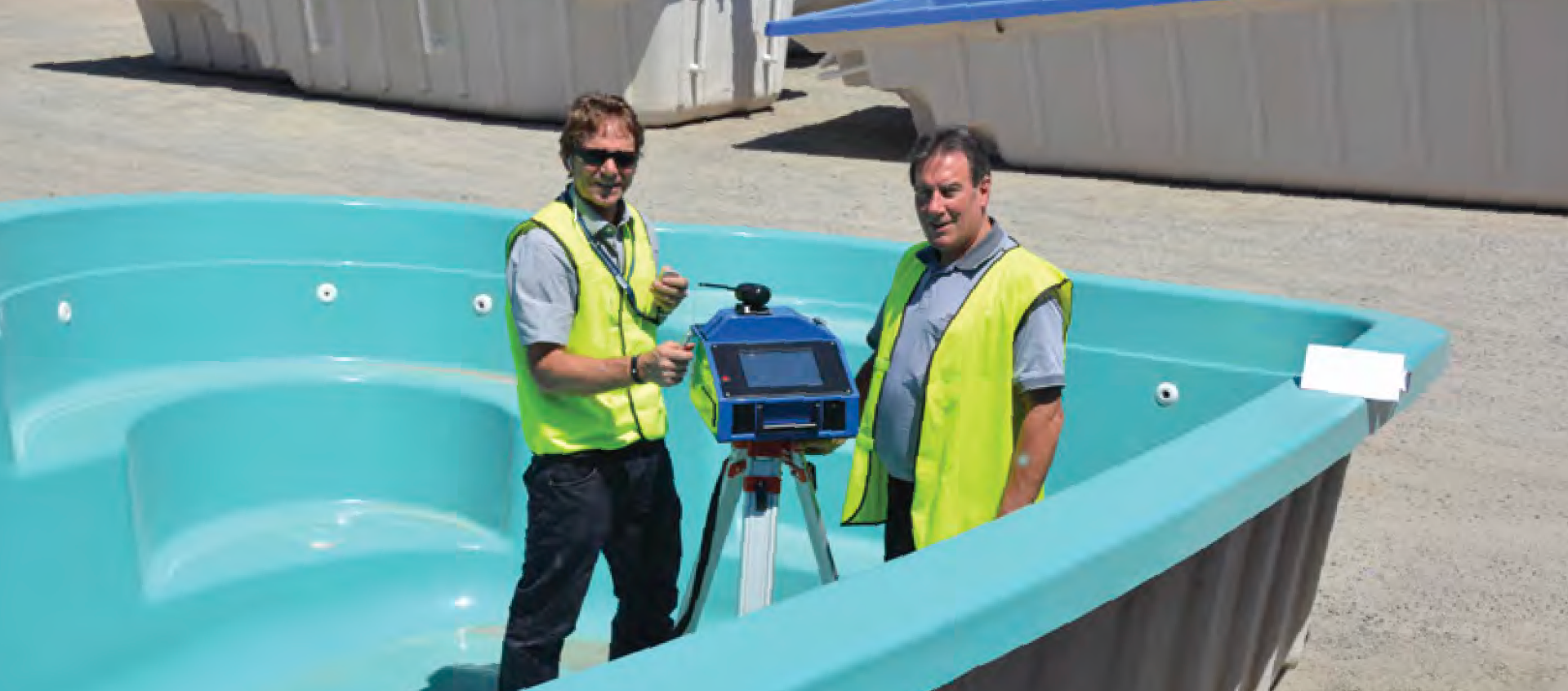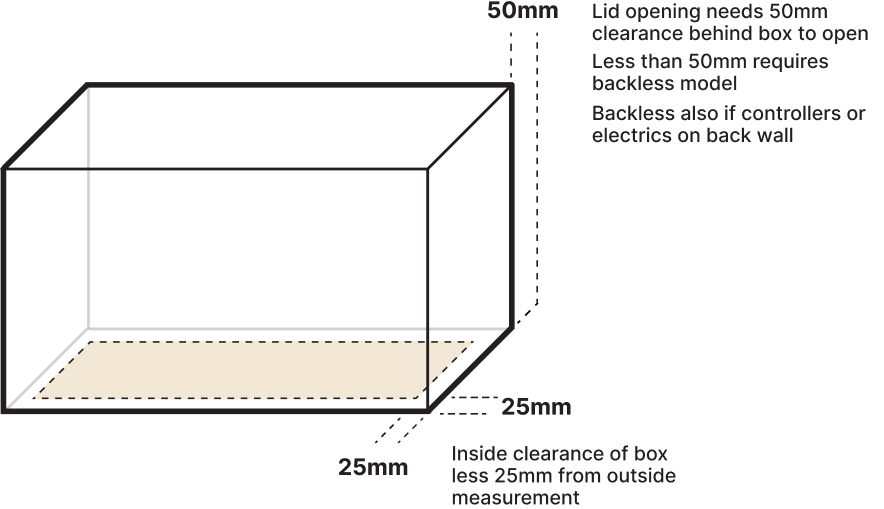Bubbles breaking up and falling off underside
This degradation will only occur when the antioxidants present in the cover material have been used up. In short, the pool cover has worn out. The antioxidants help protect your pool cover from chlorine’s natural sanitisation process of oxidising everything in your pool. Oxidised plastic can be bleached white, become brittle and will break up when you touch it.
If you have kept the recommended chlorine levels in your pool, then, this oxidised condition will mean that you have achieved the expected life span of the cover and it’s time to replace it. If the pool cover has not achieved its expected life, then it almost certainly has been subjected to excessive chlorine levels – either intermittently or consistently.
Never place the pool cover on a pool with extremely high chlorine levels – for example, when super (shock) chlorinating. This will cause a severe immediate depletion of antioxidants from the cover material causing a significant increase in the oxidisation process and may damage the bubble wall. Monitor chlorine levels regularly and maintain them as recommended at all times. A pool cover that is consistently subjected to even slightly higher than recommended chlorine levels will have its useful life reduced due to an acceleration of the normal oxidisation process.

Lovely bloke, really genuine
After requesting a slightly bigger pool cover, the customer’s newly installed cover blew off due to the pool being quite full.
So Chris went back out and trimmed the edges a bit for them. Craig, the customer, then called us up to say that Chris did a very good job, and he is a “lovely bloke, really genuine.”
Great work Chris!
Craig
Warnbro WA
Committed to Quality
Daisy Pool Covers only offer energy and water efficient products so our
customers can enjoy their pools for longer.








